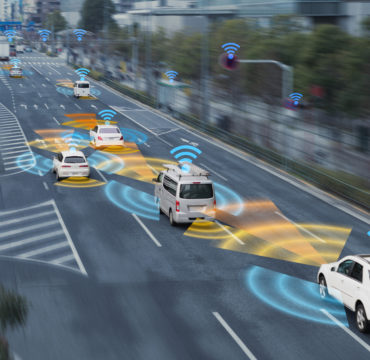Real Results - Dallas Smart City pilot drives 12% increase in business revenue
April 19, 2019
By Mike Breier
 Dallas, Texas, is the fourth most populated metropolitan area and the fourth largest employment center in the nation. Being such a large city poses the unique challenge of maintaining a vibrant lifestyle for its inhabitants and a thriving commercial environment for its business partners.
Dallas, Texas, is the fourth most populated metropolitan area and the fourth largest employment center in the nation. Being such a large city poses the unique challenge of maintaining a vibrant lifestyle for its inhabitants and a thriving commercial environment for its business partners.
At the end of 2018, AT&T and the non-profit Dallas Innovation Alliance, posted results of a yearlong smart city study in the Dallas West End corridor. Through this partnership, the pair introduced their integrated smart city projects, Living Lab Pilot, to their West End test site. This subsequently produced a large dataset on the results of these smart city solutions concerning both the welfare of the local citizenry and the outcome of local business metrics.
What were the results of the West End Living Lab Pilot?
- A 13% increase in pedestrian activity leading to a 12% increase in local business revenue
- Through steps such as optimization of traffic light cycles and rapid police response, crime rates dropped 6%
- Introduction of smart lights with low-powered LED’s led to a 35% reduction in energy costs. Smart lights not only reduce energy costs, but also through their real-time illumination, they help to provide data streams concerning pedestrian and vehicular activity with the pilot area
Are these results significant?
Case study results are critical for those industries developing smart city solutions which will yield tangible results for both city and public-private partnerships. Business partners will be able to point to sustainable revenue results and cities will have the benefit of decreased crime rates, energy savings and efficient pedestrian and vehicular traffic control. The project metrics will also help telecom providers and other smart city business partners with meaningful datasets that will optimize those strategies for developing products that will be most beneficial to the participating smart city communities.
A Global Challenge
With global municipal partners expected to invest nearly $900 billion per year within the next 5 years on smart city solutions, this is forecasted to be an expanding market to those telecom entities that can provide monitoring devices, connectivity, and data analytics to their smart city customers.
Get more insights like this from our monthly newsletter
Subscribe
Follow Us
Email: contact@televon.com
Phone: (724) 325-1660
Copyright © 2023 Televon.
Televon® Plenteous Consulting, LLC.
All rights reserved.












